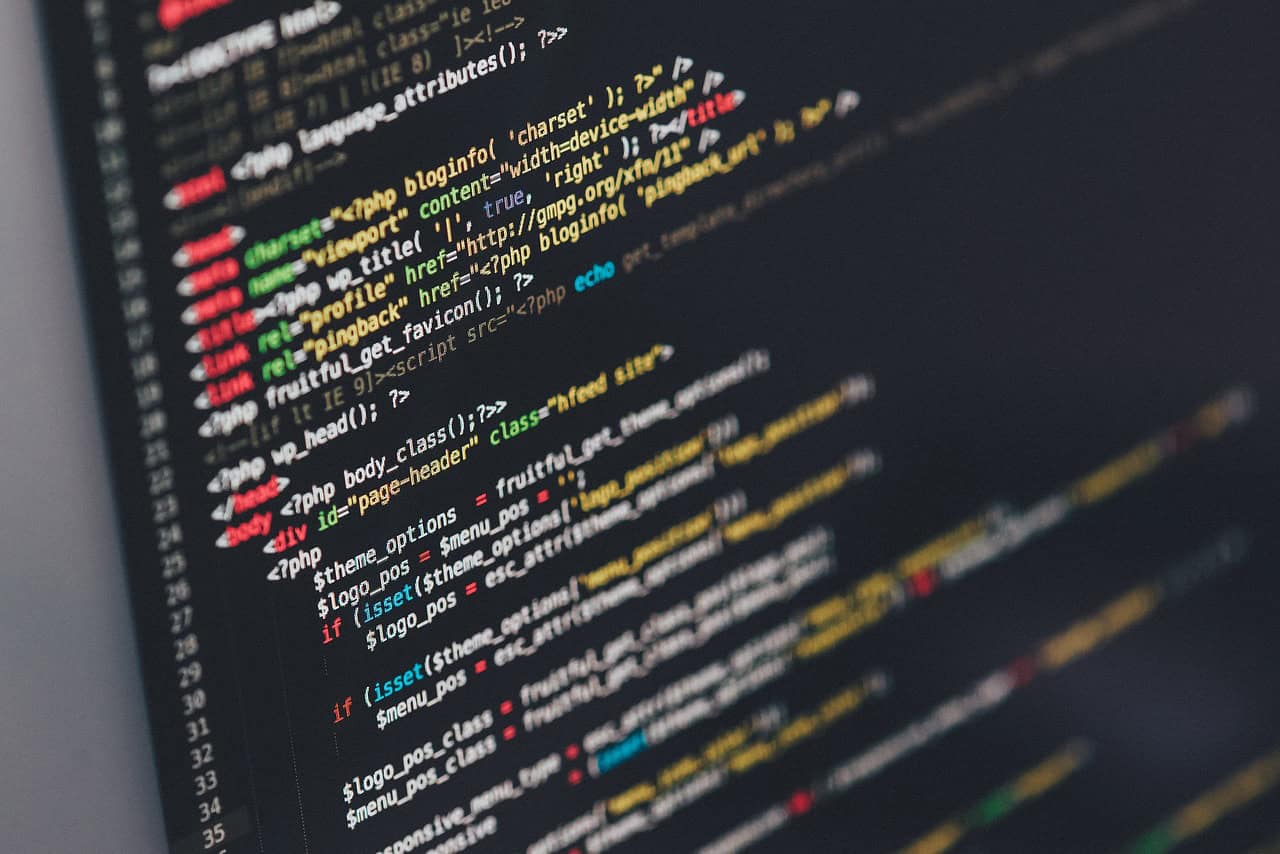Comprehensive Guide to Python Web Development for Beginners
Python web development is a versatile and popular method for building dynamic websites and web applications. Thanks to its simplicity, readability, and extensive ecosystem of libraries and frameworks, Python is often chosen by both newcomers and experienced developers. In this guide, we will explore how to get started with Python web development, the frameworks available, and best practices to follow.
What is Python Web Development?
Python web development involves creating web applications and websites using the Python programming language. This includes writing server-side logic, handling HTTP requests and responses, managing data storage and retrieval, implementing business logic, and rendering dynamic content.
Why Use Python for Web Development?
- Versatility and Popularity: Python is widely used across various industries for its simplicity and extensive library support.
- Ease of Learning: Python boasts a clear and concise syntax, making it easy for beginners to dive into programming.
- Robust Ecosystem: The rich collection of Python frameworks, libraries, and tools simplifies the development process.
- High Salaries: The demand for Python developers continues to rise, providing ample opportunities for lucrative careers.
How to Use Python for Web Development
- Install Python:
- Visit the official Python website to download the latest version compatible with your operating system.
- Follow the installation instructions provided on the website.
- Choose a Web Framework:
- Set Up a Development Environment:
- Create a dedicated folder for your project.
- Use `virtualenv` or Python’s built-in `venv` module to set up a virtual environment for managing project-specific packages.
Popular Python Web Development Frameworks
Django
- Key Features:
- Rapid development of complex applications.
- Integrated authentication system.
- Powerful URL routing capabilities.
- Automatic admin interface.
- Advantages: Extensive libraries, reduced coding requirements, reusability of components.
Flask
- Key Features:
- Lightweight and flexible.
- Ideal for small to medium-sized applications.
- Advantages: Easy to learn, perfect for prototyping.
Pyramid
- Key Features:
- Flexible and minimalist.
- Comprehensive data documentation.
- Advantages: Suitable for both small and large applications.
Best Practices for Python Web Development
- Testing and Mocking: Use frameworks like `unittest` to ensure robust and reliable code. Practice Test-Driven Development (TDD).
- Deployment: Containerize your application with Docker for consistent deployment across environments. Consider cloud platforms for scalable solutions.
- API Design: Adopt RESTful API principles and document your APIs using tools like Swagger or OpenAPI.
- Caching: Implement caching mechanisms using libraries like Redis or Django’s built-in cache.
- Security: Validate user input and use secure protocols like HTTPS. Regularly update dependencies to mitigate vulnerabilities.
Conclusion
Python web development offers a robust set of tools and frameworks that facilitate the creation of dynamic web applications. By selecting the right framework, setting up an appropriate development environment, and adhering to best practices, developers can create scalable and efficient web solutions. Whether you’re a beginner or an experienced developer, Python remains an excellent choice for web development.
Additional Resources
Python Web Development Projects and Applications
Key Projects
- Personal Portfolio Website: Create a personal website using Flask or Django to showcase your skills, projects, and experience.
- Blog Application: Develop a full-featured blog application where users can register, create, edit, and delete posts using Django.
- RESTful API for a Bookstore: Implement a RESTful API for managing a bookstore, allowing operations like adding, updating, retrieving, and deleting books using Flask.
- E-Commerce Platform: Build a simple e-commerce website to sell products, manage users, and handle transactions with Django’s capabilities.
Python Code Examples
Example: Personal Portfolio Website using Flask
from flask import Flask, render_template
app = Flask(__name__)
@app.route('/')
def home():
return render_template('index.html')
if __name__ == '__main__':
app.run(debug=True)
Example: RESTful API for a Bookstore using Flask
from flask import Flask, jsonify, request
app = Flask(__name__)
books = []
@app.route('/books', methods=['GET'])
def get_books():
return jsonify(books)
@app.route('/books', methods=['POST'])
def add_book():
book = request.json
books.append(book)
return jsonify(book), 201
if __name__ == '__main__':
app.run(debug=True)
Real-World Applications
Python web development is widely adopted across various sectors. For instance, industries utilize web applications for internal management systems, e-commerce websites for selling products, and interactive platforms for user engagement. Popular websites like Instagram and Pinterest leverage Python’s vast libraries and frameworks to deliver dynamic user experiences. Furthermore, services like APIs developed with Python allow different systems to communicate, enhancing integration and functionality.
Additionally, the use of Django in content management systems (CMS) becomes crucial in industries where constant content updates are necessary, promoting efficiency and organization.
Next Steps
Now that you’ve gained insights into Python web development, it’s time to take your skills to the next level. Start by building a simple web application using frameworks like Django or Flask. Experimenting with these frameworks will deepen your understanding and help solidify what you’ve learned.
After building your first application, consider enhancing your knowledge by exploring more complex topics, such as database management with SQLAlchemy or implementing user authentication.
Don’t forget to delve into best practices for testing and deployment highlighted in our previous section. For further reading, you can check out articles on essential frameworks and tips to enhance your development journey.
Join online communities or forums where Python web developers gather to share their experiences and knowledge. Engaging with others will provide you with new perspectives and possibly mentorship opportunities.
